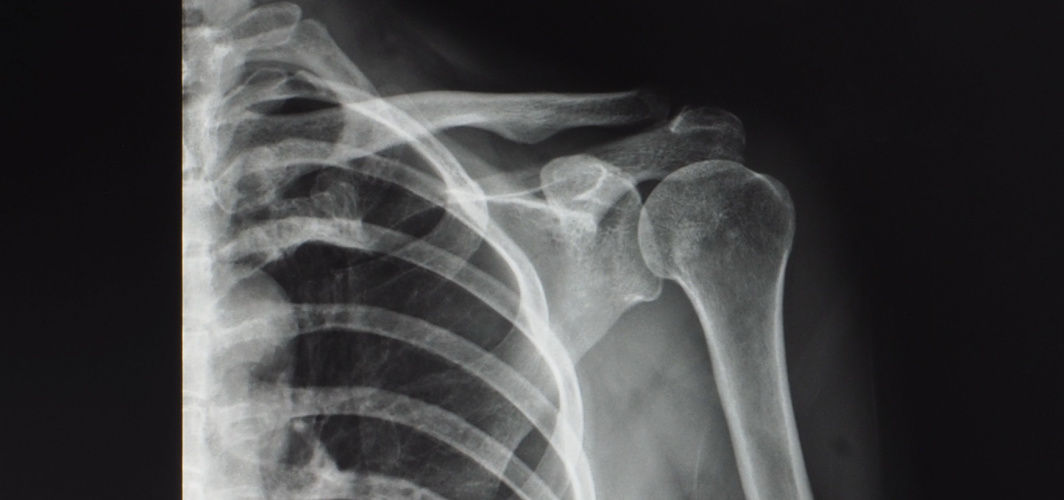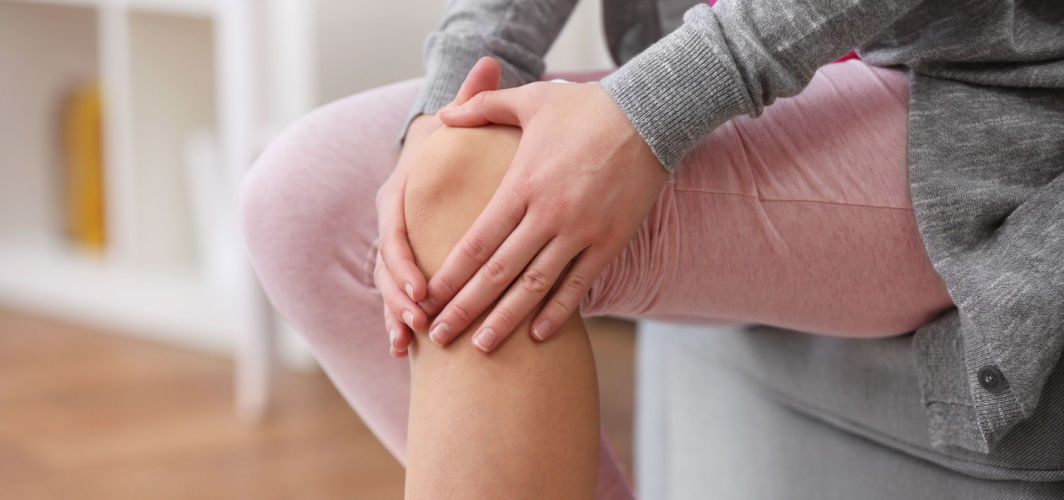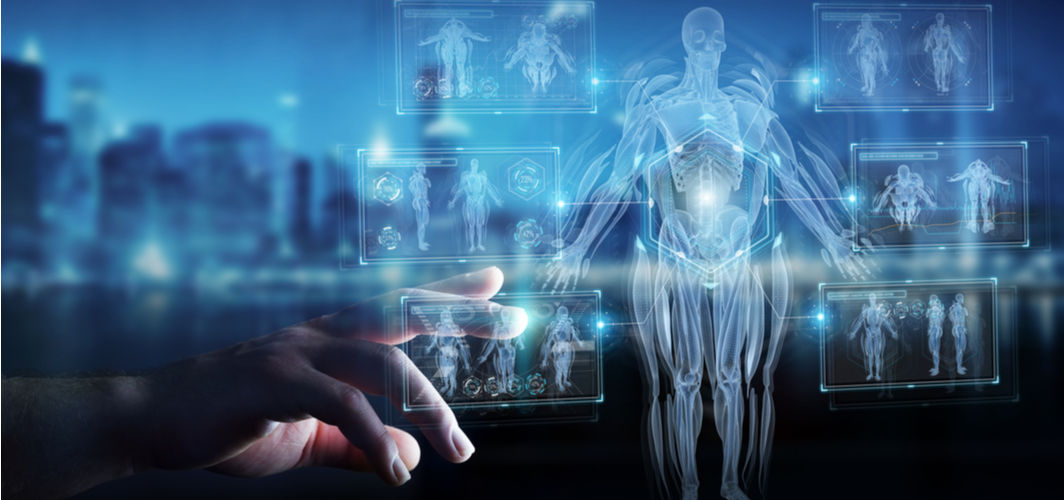Orthopedic Conditions
Is Sciatica Causing the Sharp Pain in the Lower Back and Leg?
4 min read
By Apollo 24/7, Published on - 21 September 2021, Updated on - 01 January 2023
Share this article
0
81 likes

The human spine is made up of 33 different bones called the vertebral bones, stacked together. The spine is divided into cervical, thoracic, lumbar, sacral and coccyx regions. The lumbar, sacrum, and coccyx combine to form the lower back, which is the place of origin of the sciatic nerve. The sciatic nerve is the largest single nerve in the human body that starts from the buttock and travels down through the back of the thigh to the heel and sole. Any irritation or compression of the sciatic nerve can result in sharp pain and weakness in the lower back and the back of the leg, which is medically known as sciatica.
What are the signs of sciatica?
The common symptoms of sciatica include:
- Constant pain, numbness and weakness in the lower back and one side of the buttock, leg or feet
- Unable to bend the foot upwards from the ankle
- Pain worsens on moving, coughing or even sneezing
- Inability to stand or walk
- Tingling or burning sensation in the legs, toes or feet
- Inability to control bowel and bladder.
These symptoms could also be present in other diseases and therefore, it is necessary to consult a doctor for further investigation.
What are the causes of sciatica?
The causes of sciatica include:
- Disc herniation: The vertebrae present in the spine has two rings – the central ring and the outer ring (annulus). The central ring contains nuclear tissue while the annulus reduces friction and provides cushioning. Excessive pressure on the nuclear tissue can cause the annulus to rupture, which is known as a ruptured or herniated disk. This puts pressure on the sciatic nerve resulting in pain, weakness or numbness.
- Nerve compression: Compression of the sciatic nerve results in constant pain in the lower half of the body. Sciatic nerve compression can occur due to disc herniation, narrowing of the nerve passage (foramen stenosis), downward slipping of the vertebra (spondylolisthesis), defect in the vertebra (spondylolysis) or complete dislocation of the vertebrae.
- Genetic role: Research shows that some faulty genes can cause collagen deficiency in the vertebral discs making them weak and prone to herniation. Weak discs can also cause compression or irritation of the sciatic nerve.
- Inflammation: A herniated disc releases hyaluronic acid and fibronectin (protein) fragments, which can cause irritation and inflammation of the sciatic nerve.
- Increased bodyweight: Obese and overweight people put excessive pressure on their sciatic nerve while sitting, which can lead to sciatica.
- Vitamin B12 deficiency: Vitamin B12 is necessary for the formation of the myelin sheath, which covers and protects the nerves. Due to the deficiency of vitamin B12, the production of the myelin sheath gets hindered. This puts the sciatic nerve at risk of developing injuries and infections.
- Improper posture: People who stay in the same position for a long period, such as drivers or desk job workers, put more pressure on their sciatic nerve, thereby increasing the risk of developing sciatica.
Can sciatica be treated?
The treatment of sciatica aims at improving mobility and reducing pain. Measures that may help reduce sciatic nerve pain include:
- Ice compression: The application of ice packs is advised to reduce pain and swelling. One can apply ice packs to the affected area for 20 minutes, many times a day.
- Medications: Doctors often prescribe medications such as Non-steroidal anti-inflammatory drugs (NSAIDs) and muscle relaxants to relieve sciatica.
- Physical therapy: Physical therapy helps in improving muscular flexibility and reducing the symptoms of sciatica. Certain exercises that may help in relieving sciatic nerve pain include pelvic tilt, press-up, bridging, back flexion, hamstring stretch, hook-lying march, abdominal curl, and prone leg raise. One should consult their doctor before trying out any new exercise.
- Injections: In the case of severe pain, doctors may inject corticosteroids in the lower back to reduce the swelling, pain, and inflammation around the nerves.
- Surgery: Surgery is not recommended until the person has severe weakness in the legs or has lost bladder or bowel control. Surgical procedures such as microdiscectomy and laminectomy are performed to remove the pressure on the compressed nerves.
Conclusion
While some people may describe sciatica as a sharp, electric shock-like pain, others may complain of burning pain in one of the legs. Disc herniation and nerve compression are the major reasons for sciatic nerve pain but it can also result due to genetic factors, vitamin deficiency, and inflammation. Sciatica can be relieved with the help of medications and certain exercises such as press-up exercise, straight leg raise, bridging exercise, and hamstring stretch. One should immediately contact a doctor if the pain worsens or mobility is hindered.
For any questions on musculoskeletal health including sciatica, you can talk to an orthopaedician.
Orthopedic Conditions
Leave Comment
Recommended for you

Orthopedic Conditions
Could a Slipped Disc Be Causing That Sudden Back Pain?
A slipped disc occurs when a soft cushion of tissue between the bones in the spine pushes out, causing discomfort and pain.

Orthopedic Conditions
Shoulder Arthroscopy Surgery: Procedure and Recovery Time
Learn about the shoulder arthroscopy procedure, what to expect during and after surgery, and the estimated recovery time. Discover the latest advancements and factors that can contribute to a successful outcome.

Orthopedic Conditions
Joint Pain: How To Diagnose & Treat The Underlying Cause?
More than 350 million people suffer from joint pain worldwide. While the causative factor may differ, home remedies can sometimes help with joint pain. However, it is always advisable to seek medical help and treatment from a medical professional.
Subscribe
Sign up for our free Health Library Daily Newsletter
Get doctor-approved health tips, news, and more.
Visual Stories

How to Keep Your Bones Strong and Healthy Naturally
Tap to continue exploring
Recommended for you

Orthopedic Conditions
Could a Slipped Disc Be Causing That Sudden Back Pain?
A slipped disc occurs when a soft cushion of tissue between the bones in the spine pushes out, causing discomfort and pain.

Orthopedic Conditions
Shoulder Arthroscopy Surgery: Procedure and Recovery Time
Learn about the shoulder arthroscopy procedure, what to expect during and after surgery, and the estimated recovery time. Discover the latest advancements and factors that can contribute to a successful outcome.

Orthopedic Conditions
Joint Pain: How To Diagnose & Treat The Underlying Cause?
More than 350 million people suffer from joint pain worldwide. While the causative factor may differ, home remedies can sometimes help with joint pain. However, it is always advisable to seek medical help and treatment from a medical professional.